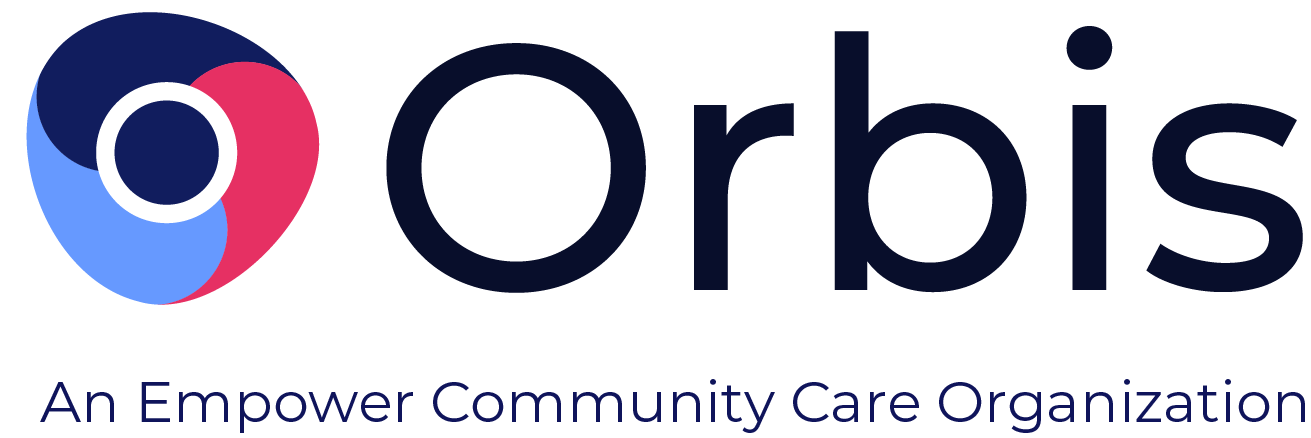Assimilating back into society is exceptionally difficult for individuals who have been incarcerated. Those with criminal convictions have little access to public assistance programs, limited job opportunities, and barriers to obtaining a quality education, including professional and technical licensing programs. Re-entry programs can help break down barriers and give people with justice involvement the best chance at success. Before we highlight strategies for successful re-entry, let’s consider some of the factors that interfere with successful re-entry.
Factors that Prevent Successful Re-entry
With limited access to housing, education, and jobs, former justice-involved individuals are ten times more likely to become homeless, eight times less likely to complete college, and have significantly higher chances of unemployment than the general public.
After incarceration, it is a fierce uphill battle to become a productive member of society. Formerly incarcerated individuals often struggle with creating a comfortable, happy, and successful life for themselves and, thus, fall back into old harmful habits.
According to a recent Bureau of Justice Statistics (BJS) report, 45.8% of individuals released from state prisons were returned to prison within 5 years. The U.S. Department of Justice recognizes that evidence-based re-entry programs that address criminogenic needs can reduce the likelihood of recidivism among people who have been convicted of a crime and increase the chances of success after imprisonment.
9 Ways to Improve Re-entry Programs
The U.S. Department of Justice (DOJ) states, “Sending an individual convicted of a crime to prison isn’t a very effective way to deter crime.” Their data shows severe punishment, including the death penalty, has no proven effect on crime either.
Therefore, there must be a better system that addresses the reason behind criminal behavior, rehabilitates individuals formerly incarcerated, and gives them the tools needed for a successful future. Here are nine ways the justice system and its constituents can improve inmate re-entry programs to decrease crime and improve prison outcomes.- Start Preparing for Re-entry from Day One
According to the Federal Bureau of Prisons, gathering information about the likelihood of reoffending and the criminogenic needs of a person with justice involvement is the first and most crucial step in re-entry planning. Every person sentenced to prison has a unique background, including factors such as criminal history, substance abuse, and education level. Assessing an individual’s past and current need profile can ensure that the prison system provides appropriate services and monitors progress throughout the period of incarceration.
- Use Risk/Needs Assessment Tools
Risk/needs assessment tools can be used at the beginning of a justice-involved person’s term to assess which services they will need while incarcerated and upon re-entry to measure progress and assign programs/services that will further improve outcomes. SPIn Re-entry is an excellent risk/needs and strength assessment developed by Orbis Partners to help caseworkers develop service plans for their criminal justice clients by identifying an individual’s likelihood to re-offend.
- Utilize Standardized, Evidence-Based Programs
Evidence-based programs that target criminogenic needs, such as cognitive-behavioral therapy, can help reduce an individual’s odds of committing a crime during and after incarceration. While incarcerated, inmates who participate in these programs spend more time in productive activities, such as therapy sessions, giving them new skills. Upon release, former inmates will have a mental toolkit for coping and improving behavior.
- Increase Educational Opportunities Within the Prison System
According to a Bureau of Justice Assistance report, those who participate in prison education programs are 43% less likely to be convicted of a crime after re-entry. In addition, with available remote learning technology and access to tablets customized for a prison environment, inmates can participate in an educational model that blends in-person and online learning to obtain adult literacy/basic skills, high school diplomas, and post-secondary education.
- Support Formerly Incarcerated Individuals in Developing Marketable Job Skills
A felony conviction often makes it difficult for formerly incarcerated individuals to obtain jobs that pay well and offer benefits, as does a gap in employment and relevant skills. Therefore, prison systems should utilize job training programs, like UNICOR, to increase opportunities for inmates.
- Prioritize Mental Health Treatment
Studies show that certain psychiatric conditions increase an individual’s risk of committing a crime, developing substance use disorder, becoming unemployed, and losing housing. It’s conditions like these that must be addressed before an inmate re-enters society if they are to become successful.
- Provide Appropriate Substance Use/Abuse Treatment
National Institute on Drug Abuse data shows that comprehensive substance use treatment in prison reduces drug use and crime after re-entry. Justice systems can use programs, such as Residential Drug Abuse Program and Medication-Assisted Treatment, for inmates who require such services.
- Help Inmates Remain Close to Their Families While Incarcerated
According to the Federal Bureau of Prisons, maintaining close and positive family relationships during a prison sentence reduces the likelihood of reoffence, improves chances of securing employment, and minimizes harm to the family unit. - Improve Quality of Information and Resources Upon Re-entry
Without proper guidance, former inmates may not know their rights or which services and programs are available to them. The justice system has recently improved its available resources with a Roadmap to Re-entry, Re-entry Handbook, and a re-entry hotline. Although these are excellent efforts, individuals transitioning into their community may need personalized assistance to ensure they take advantage of what is available and have further support and guidance. Once released, the individual should receive continuing support to sustain the gains made while incarcerated. Moreover, the re-entering individual should have access to community-based services to help with needs that were not addressed by programming while the individual was incarcerated. The latter defines the situation for many formerly incarcerated individuals, making community programming essential if they are to succeed in their re-entry worlds.
Re-entering society after incarceration can be daunting, but criminal justice agencies can focus on improving their re-entry programs and preparing inmates for success by following these nine methods, including risk/needs assessment tools.
Orbis Partners provides solutions for criminal justice and human services systems, specializing in designing and implementing services for at-risk client groups and criminal justice staff. For more information, visit our resources by clicking here.


